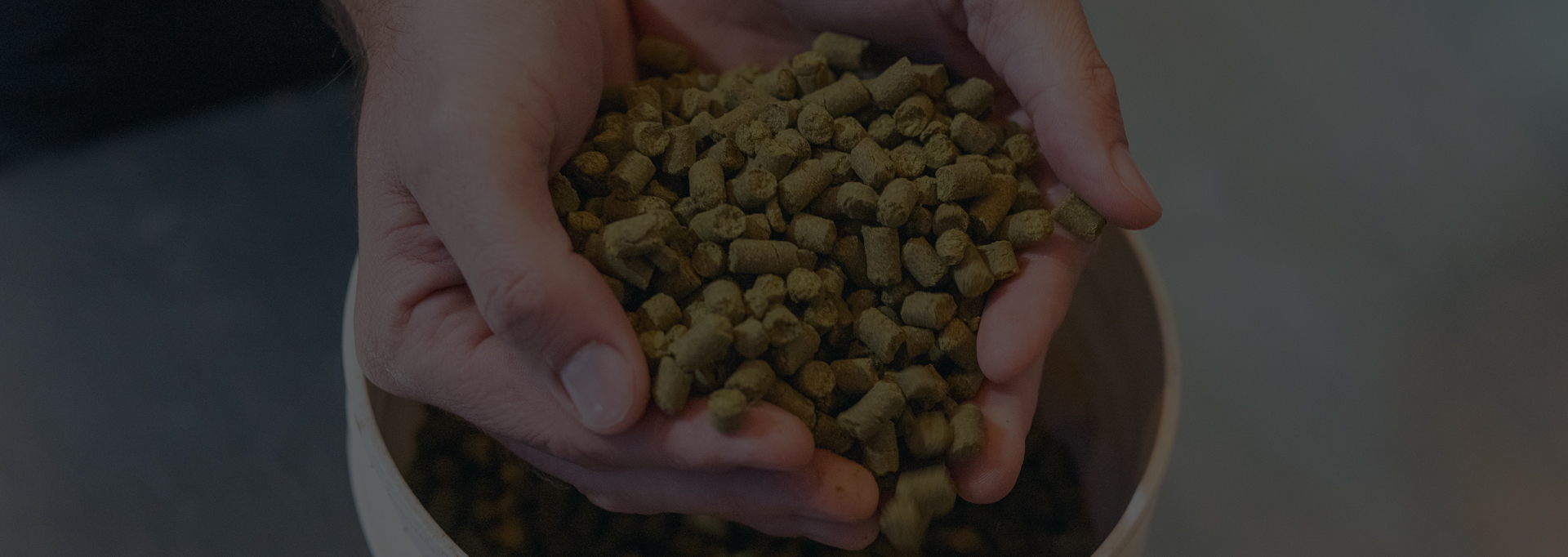
Brewing Process
The Art of Brewing
Brewing great beer requires the perfect balance of expertise, high-quality ingredients, and careful craftsmanship. At Smoky Mountain Brewery, we don’t just make beer — we create an experience with every sip.
East Tennessee’s Original Craft Brewery
As the first craft brewery in East Tennessee, SMB has been a staple among locals and visitors from day one. Combining a rich history in the area with a continued passion for innovation, we craft each beer with premium malts, world-class hops, and liquid ale yeast to ensure it’s as fresh and flavorful as possible.
From Grain to Glass
With a dedication to quality and single-step infusion mashing techniques, we’re able to deliver a top-notch brew every time. Here’s a glance at how it’s done, on-site at one of our microbreweries:
Malting
Our maltster carefully prepares the malt off-site, ensuring it’s ready for brewing.
Milling
The grain is milled to crack the husk, preparing it for mashing and lautering.
Mashing
Hot water is added to the milled grain, converting starches into fermentable sugars.
Vorlauf
The wort, or pre-fermented beer, is clarified by recirculating it through the mash until it runs clear.
Sparge
Water sprays over the grain bed and we separate the solids from the liquid wort, which extracts the fermentable sugars.
Boil
The wort is boiled and hops are added to enhance bitterness, flavor, and aroma. They become more bitter the longer they boil.
Whirlpool
The wort is spun in the kettle to separate sediment at the bottom of the fermenter (“trub”) as it cools.
Cooling
We drop the temperature from 212˚F to the appropriate yeast-pitching temperatures for lagers and ales.
Pitching Yeast
Liquid yeast is added, and the wort is oxygenated to keep the yeast vital.
Fermentation
The yeast converts sugars into alcohol and carbon dioxide, carbonating the beer naturally.
Conditioning
The beer is aged at cool temperatures. Three days before filtration, we drop the temp in the fermenter to 32˚F.
Filtration
The beer is filtered to remove haze/cloudiness from the yeast and transferred to a bright tank for serving.

